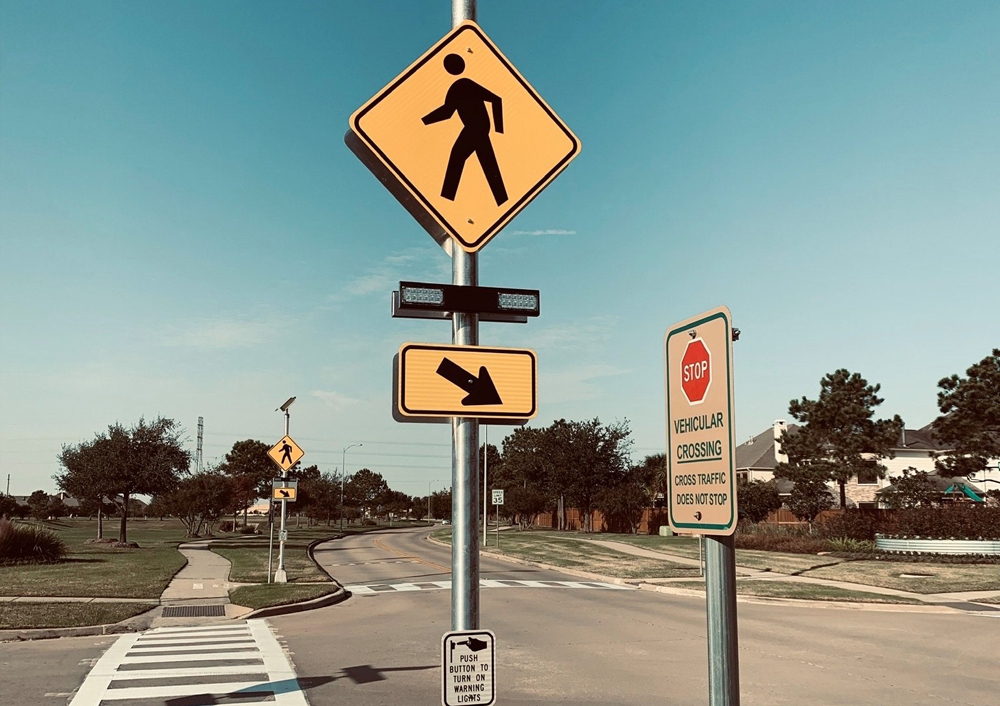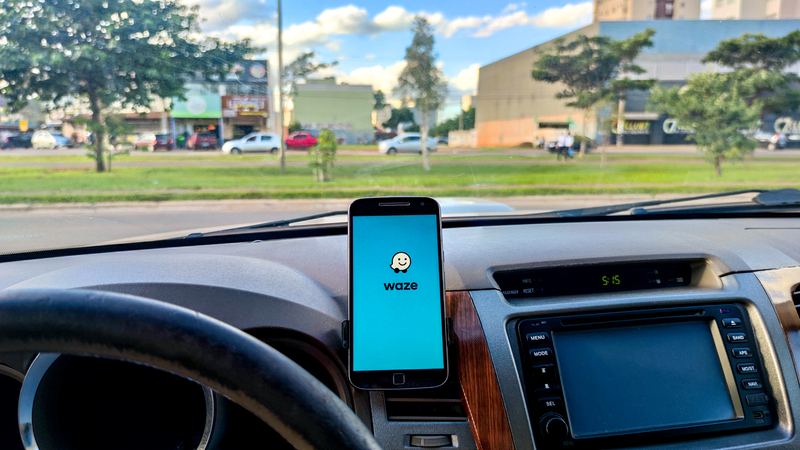
Can connected vehicle functionality be delivered via a smartphone? Well, in Marietta, Georgia, they are about to answer that question. The city is testing a smartphone app which warns motorists of nearby cyclists and pedestrians, approaching first responders, wrong-way driving, entering active school zones and much more.
Based on Applied Information’s Glance TravelSafely smartphone application and deployed by ITS installation specialist
Anyone driving, cycling or walking in the city can download the free app, which automatically works in the city’s 60km2 (23 square mile) area. Once on the users’ phone, the app runs in the background and automatically detects if the person is a motorist, cyclist or pedestrian based on their movement. TravelSafely will also provide alerts even if any other app is being used (such as social media or for navigation). It is possible to set the app to display visual alerts and countdown timers on the screen.
The app can also interface directly with a vehicle’s onboard unit (OBU) using Bluetooth to provide the alerts via the smartphone display. External communication can use both Dedicated Short Range Communication (DSRC) equipment (where fitted) or the cellular network and means deployment of the technology does not have to wait for DSRC to be deployed in all vehicles. It is triggered by whichever message arrives first.
When in use, each smartphone sends out a basic, or personal, safety message that is received by the phones of all vehicles, pedestrians and cyclists in the vicinity. In addition, the app also receives and sends information from and to the infrastructure including traffic signal controllers (time to green and red light running), school beacons (speeding in an active school zone), work zones (speeding in work zones) and pedestrian crossings (active pedestrian crossing ahead). Other warnings cover emergency vehicles (including direction of approach), poor weather (icy road conditions), wrong-way driving and impending rear-end collision.
To include traffic lights in the system, the roadside controllers are fitted with a remote subscriber unit which receives the signal phase and timing (SpaT) messages from the controller via an Ethernet connection. This message is then processed and sent out in the J2735 standard over the cellular network and/or DSRC radios to provide time to green information. Drivers will also be warned if they are about to run a red light, notified when they are in a school zone, when the beacons are active, and be given a warning if they exceed the school zone speed limit.
This last feature is extended in the use of an emergency vehicle prioritisation system which utilises the same remote subscriber unit and uses ‘over-the-air’ software updates to enable existing pre-emption and traffic signal monitoring installations to perform the additional functions. So, in Marietta, first responders’ vehicles will automatically be given green lights at intersections to provide a safer route and shorten response times. Other TravelSafely users, be they drivers, cyclists or pedestrians ahead of the first responder’s vehicle, are warned of its approach and direction of travel.
To receive incoming signal from OBU equipped vehicles, a DSRC unit must be connected to the remote subscriber unit in the cabinet. While DSRC has a theoretical range of around 300m (1,000ft), in practice this is normally shorter due to line of sight issues. As the system simultaneously transmits over the cellular/4G network, users out of DSRC range will still receive all relevant safety messages. All messages transmitted over the cellular/4G network are effectively geofenced (as happens with the routing system for telephone calls) and are only transmitted to phones located in the immediate area of interest.
“You only get messages for the lights immediately in front of you,” explains Applied Information’s president Bryan Mulligan. He adds that current experience is that the 4G/cellular communication is working with end-to-end latency of about 300ms which is not noticeable on time to green style services.
Warnings are delivered to drivers, cyclists and pedestrians via their cell phones 10 seconds in advance of the predicted collision, which allows them time to take precautions and, if necessary, avoiding action. In the case of impending tail-end crashes, the signals from both drivers’ phones are received by the other driver’s device and if an impact is likely the driver at the back will receive a 10-second warning but (currently) not the one in front. “We know what the driver at the back needs to do to avoid a crash but what is the one at the front supposed to do? So we don’t give them a warning,” he reasons.
Similar methodology is used to warn drivers of the imminent approach of an emergency vehicle and from which direction. “The system knows the location, speed and heading of the emergency vehicle, so it can determine where that vehicle will be in 10 seconds and can transmit an alert to users in that area,” says Mulligan. He then adds that in using the ‘10 second’ method, it is not necessary for the system to be informed of the route the emergency vehicle will be taking.
An anticipated application of connected vehicle technology is to improve work zones safety and TravelSafely achieves this using GPS-enabled solar powered mobile beacons at the start and end of the construction site. This provides coverage and connectivity in the area between the two beacons. Once the speed limit is programmed into the beacons, drivers entering the work zone will see the speed limit displayed on their mobile phone and receive a warning if they exceed that limit by more than 5mph (8km/h).
Curve ahead warnings can be achieved with a single beacon using the same technology. Currently Marietta is geo-fenced, so once the mobile device is outside that area the app automatically turns off and will ‘wake-up’ again on re-entering the city. As connected vehicle technology becomes more widespread, Mulligan expects standards will be introduced to enable interoperability and allow the use of such devices across the country and over-the-air updates mean existing users benefit from new and updated functions as they are introduced.
Running the app in the background does use additional battery power which can be a problem for cyclists and pedestrians (as the phone is not connected to the vehicle’s power supply). However, Mulligan points out that illuminating the phone’s screen is usually the biggest drain on the battery and this can be turned off while allowing the app to continue functioning. Individuals can also choose to turn off the warnings while leaving the system actively transmitting.
“There are hundreds of millions of smartphones out there and we can do something about road safety today without waiting for a new generation of connected vehicles,” Mulligan concludes.
The people of Marietta will be among the first to know if he is right.












